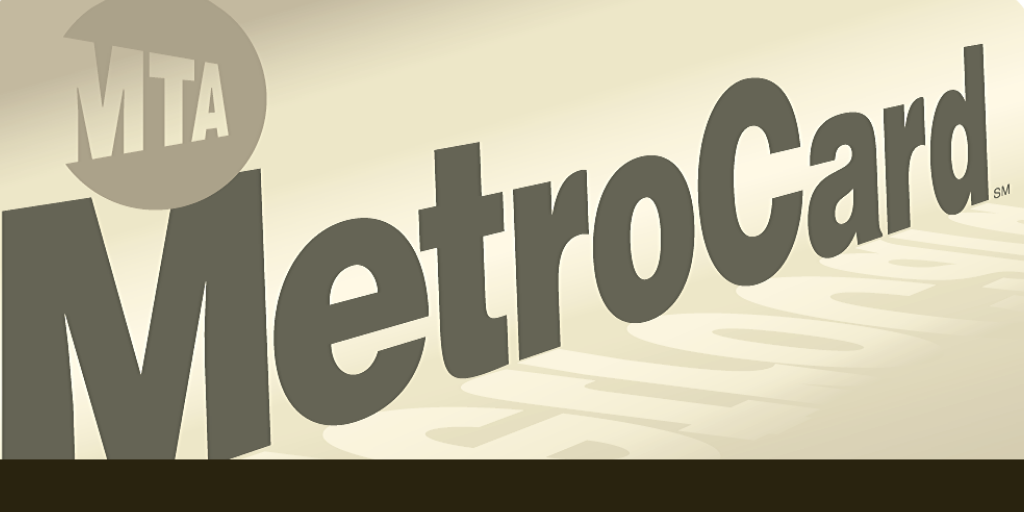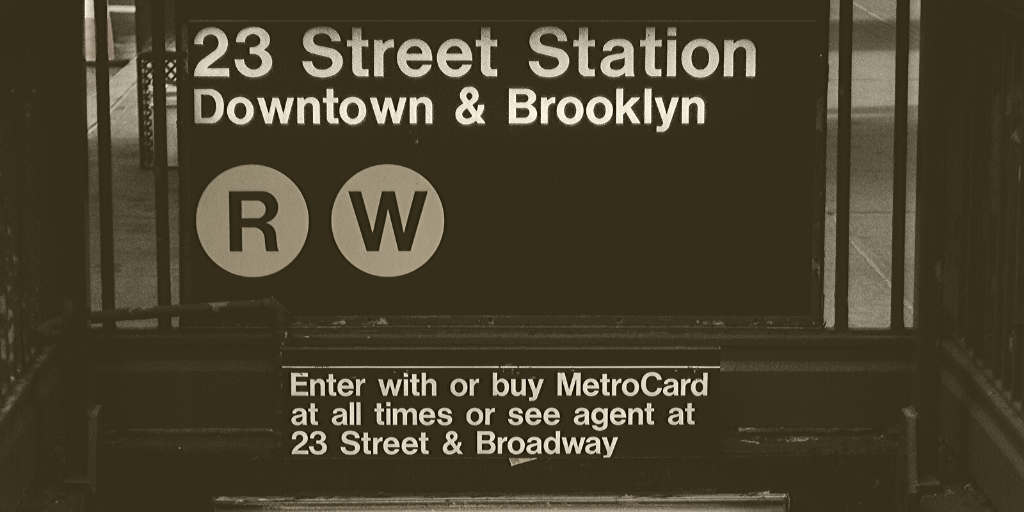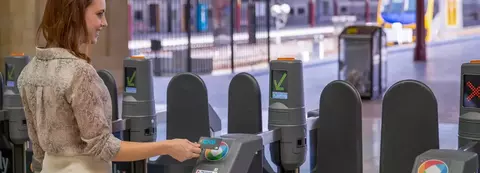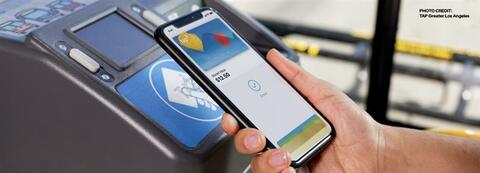As the MetroCard was being introduced in New York, the maker of subway tokens for the MTA said, "...there will always be a place for tokens." They were right, eventually.
For 44 years, all that travelers needed to board the subway was a nickel in their pocket. In 1953, when the fare rose to 15 cents, engineers could not figure out how to make a turnstile operate with a dime and a nickel or three nickels. To solve the problem, the MTA created its own 15-cent coin, a.k.a. the transit token.
Token Legacy
Subway tokens were as much a symbol of New York as the Statue of Liberty and the Empire State Building. They were easy to use and easy to carry, yet had their limits. Every time somebody used a token, somebody else had to collect, transport, sort, and count that token.
The same holds true for cash today.
It was also easy to evade fares with tokens by breaking into the coin boxes or sucking the token out of coin slots after the token was deposited.
And, yes, that was actually a thing.
Technology Trumping Metal Tokens
With the creation of automated fare collection, magnetic stripe tickets were encoded to hold data for when a traveler added and used fare products. This required every device in a fare collection system to be programmed with fare rules. New York MTA debuted the MetroCard, created by Cubic, system-wide in 1997 and the city saw ridership increase by 137 million trips in a single year including a 17% subway ridership increase in the Bronx and Brooklyn alone.
The agency was able to introduce fare policies that reduced the friction to ride transit and combined paying for the subway and the bus for the first time offering the following benefits:
- Daily and month passes
- Reduced fares
- Distance-based fares
- Peak and off-peak fares
While the magnetic stripe system offered many benefits, they eventually evolved into smart cards enabling functionality to benefit travelers and the transit agency.
Tokens Today
Today tokens aren't physical coins. They are a unique identifier that is the foundation of Account-Based Ticketing Fare Collection.
Learn how to bring Account-Based Fare Collection to your agency.
Rather than information being stored on a card and the validator in account-based fare collection, a token is associated with a QR code, a smart card, a student ID, a virtual card, or a contactless bank card.
That token authenticates that a traveler has the appropriate funds or products for their journey through real-time communications directly to the back-office system.
This allows for even more flexibility implementing fare policy, such as fare capping, increases partnership capabilities, and provides vital data for transit agencies.
How these tokens are used will continue to evolve for many years to come, enabling payment for Mobility-as-a-Service.
For the foreseeable future, there will always be a place for the token.
TouchPass, our Fare Collection as a Service multi-agency platform allows any agency to access all the benefits of large scale bespoke account-based fare collection systems at a fraction of the cost and complexity.
Cubic has pioneered account-based fare collection with some of the world's largest agencies and now, with TouchPass, Cubic offers these capabilities to agencies of any size.
Sean Walcott is a Channel Sales Manager at Cubic Transportation Systems. He has worked in the transportation industry for five years, gaining experience in business development, strategy, and project management. His focus is on providing fare collection solutions to small and mid market transit agencies. He is passionate about the impacts of our technology has on the daily lives of passengers and the communities we serve. Sean is originally from Wisconsin, from a town is too small worth mentioning. He is currently an MBA candidate at the University of San Diego and has recently discovered that statistics is not his strong suit. His one fun fact about himself that he'll find a way to mention within minutes of meeting you is that he used to be a zoo keeper; favorite animal: rhinos. Connect with Sean on twitter @SeanWalcott.






